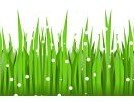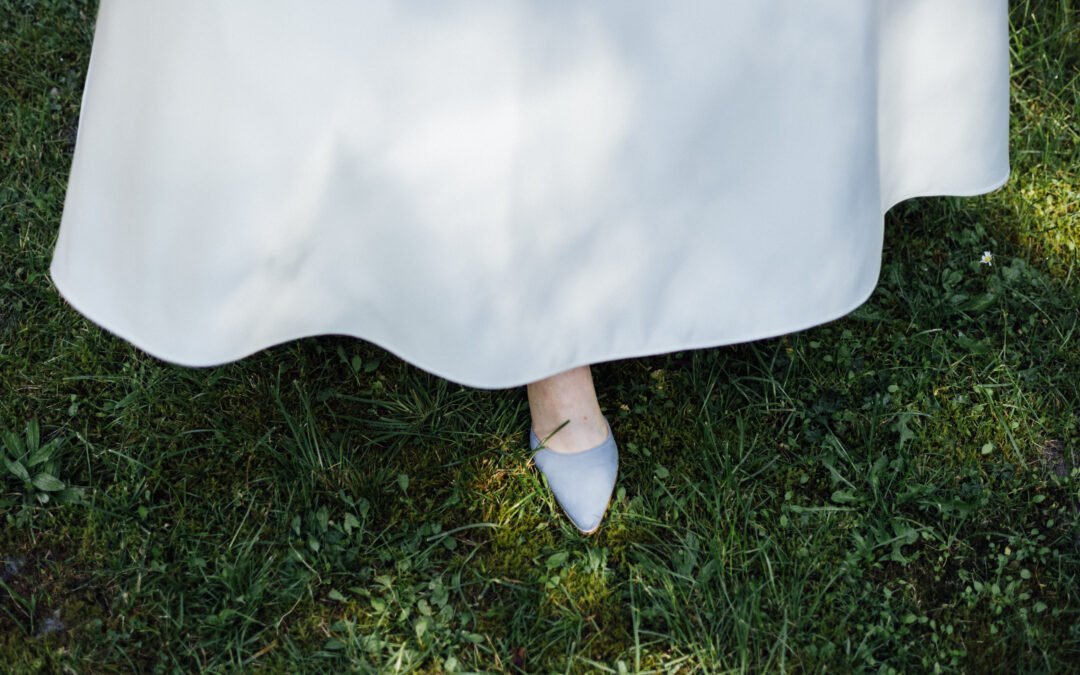In this article, we will explore a variety of innovative and practical small back yard landscaping ideas that will transform your limited outdoor space into a beautiful and functional oasis. Whether you have a tiny patio, a narrow strip of land, or a petite backyard, there are numerous creative solutions to make the most of your small outdoor area. From vertical gardens and compact seating arrangements to clever storage solutions and visually appealing plant choices, this article will provide you with a comprehensive guide to maximizing every square inch of your small back yard.
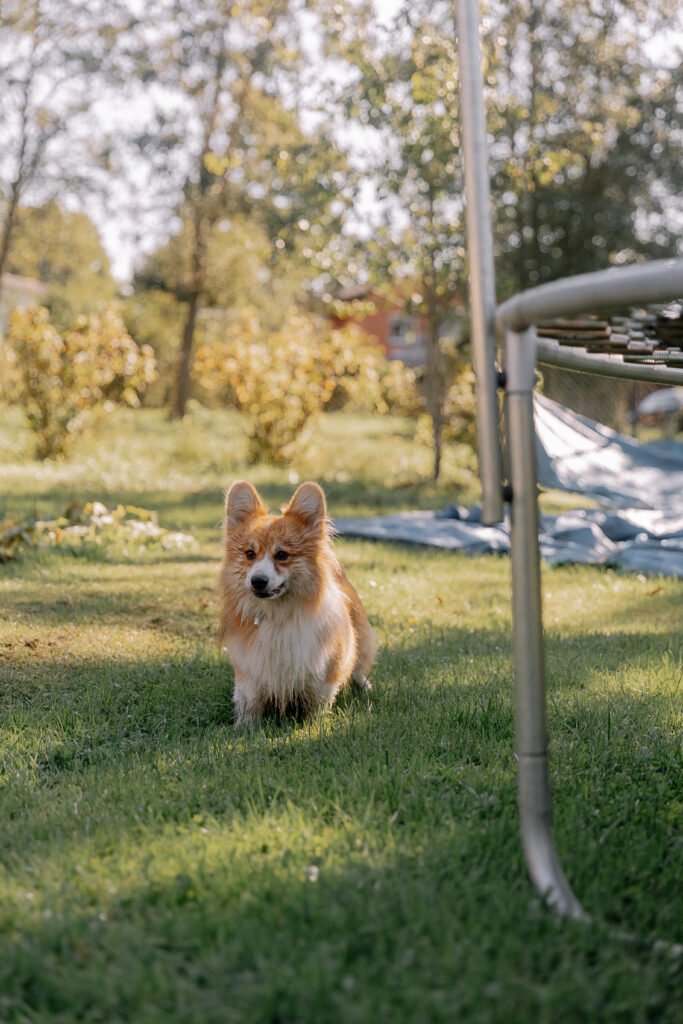
Designing a Small Back Yard
Designing a small back yard can be a challenging task, but with careful planning and creativity, it is possible to create a beautiful and functional outdoor space. To begin, it is important to evaluate the space available and consider its purpose. Creating a focal point can help draw attention away from the limited size of the yard, while working with existing features and choosing a cohesive style can bring harmony to the space.
Evaluate the space
Before starting any landscaping project, it is essential to evaluate the space available in your small back yard. Take measurements and note any existing features, such as trees, fences, or structures, that may impact your design. Consider how much open space you have for seating areas, garden beds, or pathways. This evaluation will provide a clear understanding of the limitations and possibilities for your back yard.
Consider the purpose
Determining the purpose of your small back yard is crucial for creating a functional design. Do you want it to be a space for entertaining guests, a peaceful oasis for relaxation, or a play area for children or pets? Understanding the primary function of your back yard will help guide your decisions when it comes to selecting elements such as seating areas, plants, and features.
Create a focal point
In a small back yard, creating a focal point can help draw the eye away from the limited size of the space. Consider incorporating a striking element, such as a sculpture, water feature, or unique plant arrangement, that will serve as the centerpiece of your design. This focal point will add visual interest and depth to the yard, making it feel larger and more inviting.
Work with the existing features
Rather than working against the existing features in your small back yard, embrace them and find ways to incorporate them into your design. For example, if you have a tree or a fence, you can use them as a backdrop for a seating area or plantings. By working with what you already have, you can minimize the need for extensive renovations and create a harmonious design that feels cohesive and natural.
Choose a style
Selecting a style for your small back yard can help guide your design choices and create a cohesive look. Whether you prefer a modern, minimalist aesthetic, a rustic country charm, or a lush tropical paradise, choosing a style will ensure that all elements, from plants to furniture, work together harmoniously. Be mindful of the scale of your yard when selecting furniture and accessories to ensure they fit proportionally within the space.
Maximizing Space with Vertical Elements
In a small back yard, maximizing space is essential, and one effective way to do so is by utilizing vertical elements. From vertical gardens to hanging planters, there are several options to consider when trying to make the most of your limited space.
Vertical gardens
Vertical gardens are a popular choice for small back yards as they allow you to grow a variety of plants in a compact area. Install a trellis or a specialized vertical garden system and plant flowers, herbs, or vegetables vertically instead of horizontally. This not only saves valuable ground space but also adds texture and visual interest to your back yard.
Hanging planters
Hanging planters are another excellent choice for maximizing space in a small back yard. Hang them from structures, such as pergolas or fences, or use hanging baskets from tree branches to add greenery at different heights. Choose trailing plants or colorful flowers to add a vibrant touch to your vertical garden.
Trellises and arbors
Trellises and arbors are not only functional elements but also provide vertical interest in a small back yard. Use them to support climbing plants such as vines or roses, creating a lush and visually appealing backdrop. The height of these vertical structures adds depth to the yard and can make it feel larger than it actually is.
Wall-mounted shelves
To make use of vertical space for storage or display, consider installing wall-mounted shelves in your small back yard. These shelves can hold potted plants, garden decor, or even small gardening tools. Utilizing vertical wall space not only helps organize your yard but also frees up valuable floor space for other purposes.
Climbing vines
Climbing vines can transform a small back yard into a lush and enchanting space. Plant vines like ivy, clematis, or jasmine near walls or fences and guide them to climb with the help of trellises or wire frames. Not only will this add greenery and flowers to your yard, but it will also create a sense of privacy and seclusion.
Creating the Illusion of Space
Even in the smallest of back yards, it is possible to create the illusion of space by employing clever design techniques. From strategic placement of mirrors to light-colored paint and furniture, there are various methods to make your yard appear more expansive than it actually is.
Strategic placement of mirrors
Mirrors are a powerful tool when it comes to creating the illusion of space in a small back yard. By strategically placing mirrors on walls or fences, you can reflect light, greenery, and other elements of the yard, making it feel more expansive. Ensure the mirrors are securely mounted and positioned to best capture the desired views and angles.
Light-colored paint and furniture
Opting for light-colored paint and furniture can significantly impact the perceived size of a small back yard. Light hues, such as white, beige, or pastels, reflect more light and give an airy and open feel to the space. Choose outdoor furniture in light-colored materials, and select cushions or upholstery in pale shades to create a cohesive and visually spacious environment.
Optical illusions with pathways
The design and layout of pathways can create optical illusions that give the impression of increased space. Curved pathways, for example, can lengthen the perceived distance between two points, making the yard feel larger. Using materials with varying sizes or textures for the pathway can also add depth and dimension to the space.
Multi-functional furniture
In a small back yard, it is essential to maximize functionality and minimize clutter. Choose multi-functional furniture pieces, such as benches with built-in storage or tables that can double as serving counters. This way, you can save space while still fulfilling your needs for seating, dining, or lounging.
Transparent or light materials
Using materials that are transparent or light in appearance can contribute to a sense of openness in a small back yard. For example, opt for a glass or acrylic tabletop for your outdoor dining area to allow the eye to pass through it, making the space feel less enclosed. Additionally, using light and translucent fabrics for outdoor curtains or blinds can provide privacy without blocking out natural light or creating a heavy visual barrier.
Optimizing Functionality
Ensuring the optimal functionality of your small back yard is essential for maximizing its potential. From providing comfortable seating and dining areas to incorporating storage solutions and choosing appropriate paving options, there are several factors to consider to make your space as functional as possible.
Outdoor seating and dining areas
Creating comfortable seating and dining areas is crucial for making the most of your small back yard. Choose furniture that is scaled to fit the size of the space while still providing ample seating or dining space for your needs. Consider foldable or stackable furniture that can be easily stored when not in use to optimize space.
Built-in storage solutions
In a small back yard, every inch of space counts, so incorporating built-in storage solutions can help keep your yard organized and clutter-free. Install benches or seating with hidden storage compartments for cushions, gardening tools, or outdoor toys. Utilize vertical space with wall-mounted cabinets or shelves for storing smaller items. By having designated storage areas, you can maximize the functionality and aesthetics of your yard.
Vertical herb or vegetable gardens
For those with a green thumb, consider incorporating vertical herb or vegetable gardens into your small back yard. Utilize hanging planters or vertical garden systems to grow herbs, salad greens, or even small-rooted vegetables like radishes or carrots. Not only will this save valuable floor space, but it will also provide a convenient and fresh source of produce.
Paving options for easy maintenance
When selecting paving options for your small back yard, it is important to consider ease of maintenance. Opt for materials that are durable, easy to clean, and require minimal upkeep. Options such as concrete pavers, composite decking, or gravel can be practical choices for a low-maintenance outdoor space.
Water features or fire pits
Incorporating water features or fire pits can add a touch of luxury and functionality to a small back yard. A small fountain or waterfall can create a soothing ambiance, while a fire pit can provide warmth and a focal point for gatherings. Choose compact and appropriately-scaled features that work with the dimensions of your yard, ensuring they do not overwhelm the space.
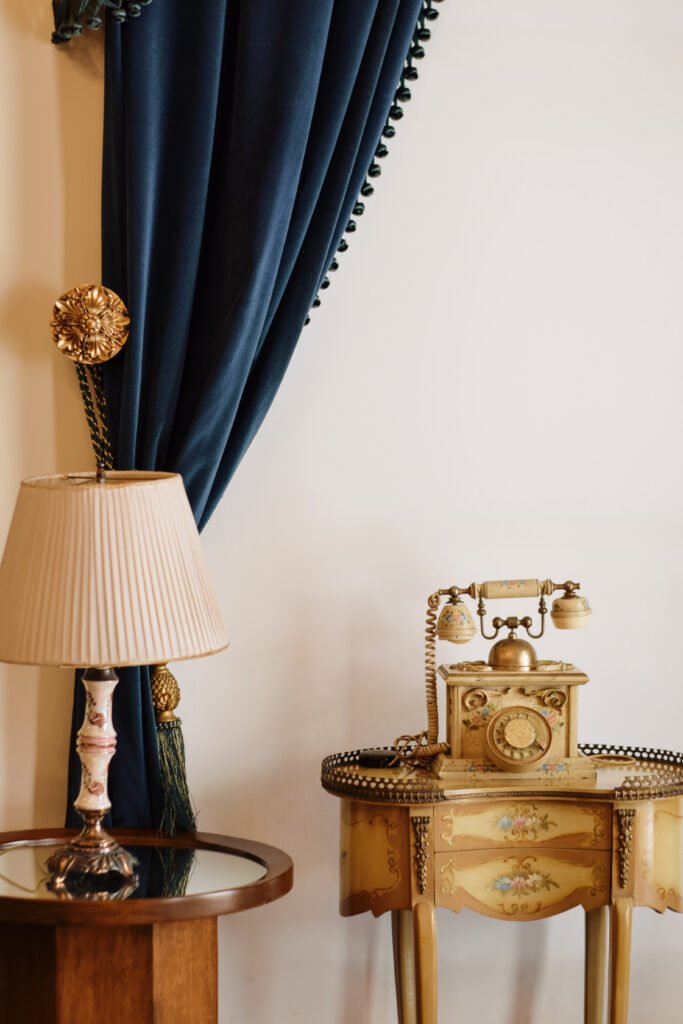
Landscaping with Plants and Greenery
Plants and greenery play a pivotal role in transforming a small back yard into a beautiful and inviting space. When landscaping a small area, it is important to choose plants that are low-maintenance, utilize creative container gardening techniques, and incorporate vertical planters and hanging baskets.
Choosing low-maintenance plants
In a small back yard, it is crucial to select low-maintenance plants that are suitable for the available space. Consider plants with a compact or dwarf growth habit, as they require less pruning and are naturally well-suited for smaller gardens. Additionally, choose plants that thrive in your specific climate and are adapted to the amount of sunlight your yard receives.
Utilizing container gardening
Container gardening is an excellent option for small back yards, as it allows for flexibility and mobility. Place potted plants strategically throughout the yard, selecting containers that fit the style of your design. This technique enables you to experiment with different plant combinations and easily adjust the arrangement as needed.
Vertical planters and hanging baskets
To make the most of limited floor space, utilize vertical planters and hanging baskets in your small back yard. Attach vertical planters to walls or fences to grow flowers or herbs. Hang baskets from pergolas or tree branches to add colorful foliage at various heights. By taking advantage of vertical space, you can create a lush and vibrant environment.
Using layers and levels
Incorporating layers and levels in your small back yard can add visual interest and depth to the space. Utilize raised garden beds, retaining walls, or tiered planters to showcase different plants and create distinct levels within the yard. By layering plants of varying heights and textures, you can enhance the perceived size of the space and create a visually appealing landscape.
Space-saving plant arrangements
When landscaping a small back yard, it is important to consider space-saving plant arrangements. Opt for plants that have a narrow or upright growth habit, allowing them to fit seamlessly in smaller garden beds or containers. Consider using plants with trailing or cascading foliage to soften edges or define pathways without encroaching on valuable floor space.
Enhancing Privacy and Screening
Privacy and screening are essential considerations when designing a small back yard. By implementing elements such as fences, privacy screens, tall hedges, or curtains, you can create a secluded and intimate space.
Fences and walls
Fences and walls are traditional solutions for privacy and screening in a back yard. Choose materials and designs that suit your style and complement the overall aesthetic of the space. Consider using lattice panels or slatted designs that allow light and air to pass through while still providing a sense of seclusion.
Privacy screens
Privacy screens are a versatile option for enhancing privacy and blocking unwanted views in a small back yard. These screens can be freestanding or attached to existing structures, such as fences or pergolas. Choose screens made of materials like bamboo, wood, or metal with stylish designs that complement your overall design theme.
Tall hedges or shrubs
Planting tall hedges or shrubs along the perimeter of your small back yard can create an effective green screen for privacy. Choose dense, evergreen varieties that provide year-round coverage and require minimal maintenance. Ensure that the selected plants are suited to your specific climate and will thrive in the available space.
Curtains or outdoor blinds
Incorporating curtains or outdoor blinds can add a touch of elegance and functionality to your small back yard. Install them on pergolas, arbors, or between posts to create privacy, shade, or even a cozy outdoor room. Choose fabrics that are designed to withstand outdoor conditions and are easy to maintain.
Garden dividers or partitions
Using garden dividers or partitions can help define different areas within your small back yard and create a sense of privacy. Utilize decorative screens, trellises, or even large potted plants arranged strategically to create distinct spaces. These dividers not only offer privacy but also add visual interest and structure to the overall design.
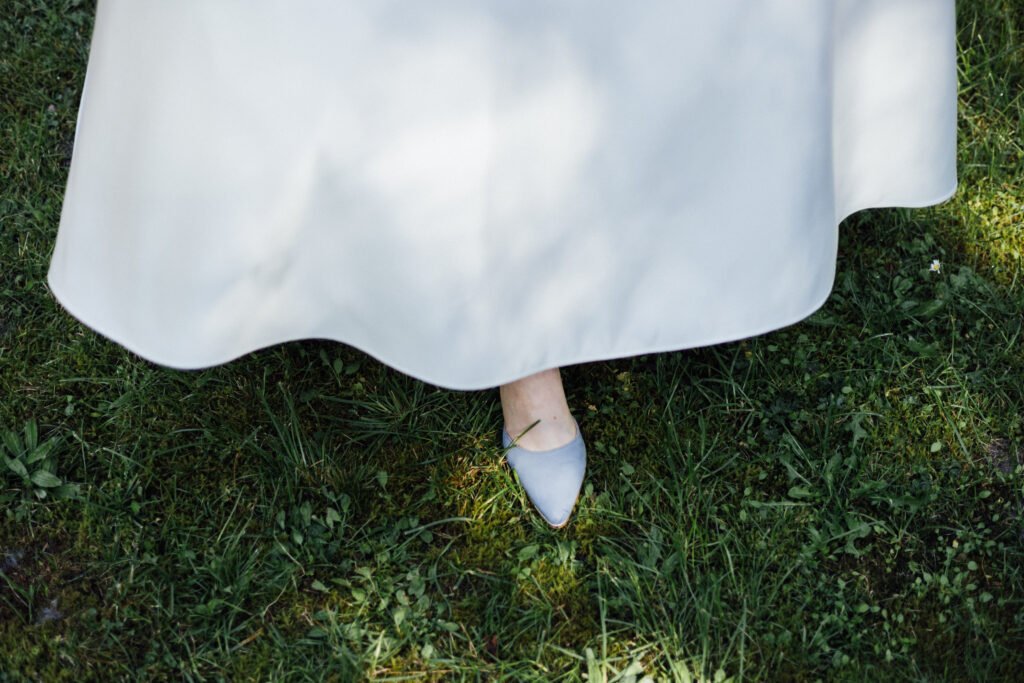
Incorporating Water Features
Water features can bring a sense of tranquility and serenity to a small back yard. Whether you choose a small fountain, a birdbath, or a mini pond, incorporating water elements can create a focal point and enhance the overall ambiance of your outdoor space.
Small fountain or waterfall
A small fountain or waterfall can add movement and sound to your small back yard, creating a peaceful and relaxing atmosphere. Choose a compact and appropriately-scaled design that fits the dimensions of your yard. Incorporate water plants or colorful fish to further enhance the appeal of the water feature.
Birdbath or bird feeder
Installing a birdbath or bird feeder in your small back yard can attract birds and add vitality to the space. Choose a design that is suitable for the size of your yard and consider incorporating native plants nearby to provide additional shelter and food sources for the birds.
Mini pond or water garden
If space permits, consider incorporating a mini pond or water garden into your small back yard. A small pond, complete with aquatic plants and colorful fish, can create a mesmerizing focal point and provide a habitat for beneficial wildlife. Ensure proper filtration and maintenance to keep the pond healthy and thriving.
Waterfall wall
A waterfall wall can be a striking and space-saving alternative to traditional water features in a small back yard. Install a vertical wall-mounted fountain or a cascading water feature that adds movement and a soothing sound to the space. This visually appealing element can create a sense of tranquility and luxury.
Reflecting pool or mirror pond
To create a sense of elegance and serenity in your small back yard, consider incorporating a reflecting pool or mirror pond. The stillness of the water can create a mirror-like effect, reflecting the surrounding plants and sky, and giving the illusion of a larger and more serene space. Ensure proper maintenance to keep the water clean and clear.
Adding Lighting for Ambiance
Proper lighting can transform a small back yard into a magical and inviting space, even after the sun sets. From string lights to solar-powered path lights, there are various options to create a warm and welcoming ambiance in your outdoor area.
String lights or fairy lights
String lights or fairy lights are a popular choice for adding a touch of enchantment to a small back yard. Hang them along fences, pergolas, or outdoor seating areas to create a cozy and inviting atmosphere. Opt for warm white or soft-colored bulbs for a delicate and dreamy glow.
Solar-powered path lights
Solar-powered path lights are both practical and environmentally friendly additions to a small back yard. Install them along pathways, gardens, or around seating areas to provide enhanced visibility and safety during the evening hours. These lights recharge during the day and automatically illuminate at dusk, eliminating the need for electrical wiring.
Uplights for highlighting plants
Uplighting is an effective technique for highlighting the beauty of plants and trees in a small back yard. Install uplights at the base of shrubs, trees, or other architectural features to create a dramatic and visually appealing effect. Experiment with different angles and colors to achieve the desired ambiance.
Garden lanterns or torches
Garden lanterns or torches can add a touch of warmth and a cozy glow to your small back yard. Choose lanterns or torches that are weatherproof and can be easily moved around to suit different areas of your outdoor space. The flickering flames create a captivating ambiance and can extend the usability of your yard into the nighttime.
LED deck or step lighting
For outdoor areas with decks or stairs, LED deck or step lighting is a practical and visually appealing option. Install these lights to provide subtle illumination and improve safety in these areas. The low-profile design and energy-efficient nature of LED lights make them ideal for small back yards.
Considering Pet-friendly Landscaping
Creating a pet-friendly environment is essential when designing a small back yard. By choosing pet-friendly grass or turf options, selecting dog-friendly plants, and providing shade and water stations, you can ensure that your furry friends can enjoy the outdoor space safely.
Pet-friendly grass or turf options
Choosing a pet-friendly grass or turf option is crucial for pet owners with small back yards. Look for grass varieties that are durable, resilient, and can withstand heavy traffic. Consider synthetic turf as an alternative, as it is low-maintenance and resistant to wear and tear caused by pets.
Dog-friendly plant choices
When selecting plants for your small back yard, it is important to consider the safety of your furry friends. Avoid plants that are toxic to dogs and instead opt for dog-friendly choices such as lavender, rosemary, or catnip. Ensure that plants are securely planted or placed in raised garden beds to prevent destruction.
Shade and water stations
Just like humans, pets need shade and access to water to stay comfortable in the outdoors. Provide sheltered areas, such as doghouses or pergolas, where your pets can find relief from the sun. Install water stations or pet-friendly fountains to ensure they have access to fresh water at all times.
Pet play areas or obstacles
Designate a specific area in your small back yard for your pets to enjoy playtime or exercise. Set up obstacles, such as tunnels or small hurdles, to create a mini agility course. Consider using artificial turf or specialized pet-friendly ground coverings to protect your yard from wear and tear.
Pet-friendly furniture or accessories
To make your small back yard more enjoyable for your pets, consider incorporating pet-friendly furniture or accessories. Look for outdoor beds, crates, or toys specifically designed for pets to ensure their comfort and safety. Avoid using toxic materials or plants in your pet’s immediate vicinity.
Maintaining a Small Back Yard
Proper maintenance is essential for keeping a small back yard looking beautiful and inviting. Regular watering and fertilizing, pruning and trimming, weeding and pest control, keeping pathways clean and clear, and mulching and composting are all important tasks to ensure the longevity and aesthetics of your outdoor space.
Regular watering and fertilizing
In a small back yard, it is important to maintain a regular watering and fertilizing routine to keep your plants healthy and vibrant. Water plants thoroughly, particularly during dry periods, and ensure proper drainage to prevent waterlogging. Apply fertilizer according to the specific needs of your plants and consult with a gardening professional if needed.
Pruning and trimming regularly
Regular pruning and trimming are crucial for keeping plants in a small back yard looking neat and well-maintained. Remove dead or diseased branches, shape shrubs for optimal growth, and trim back any overgrown foliage that may be encroaching on walkways or seating areas. Regular pruning will promote healthy growth and maintain the desired shape and size of your plants.
Weeding and pest control
Weeding regularly is essential to prevent unwanted plants from taking over your small back yard. Remove weeds by hand or use appropriate organic weed control methods to minimize the use of harmful chemicals. Additionally, monitor your plants for pests and take necessary measures, such as using natural pest repellents or introducing beneficial insects, to keep them at bay.
Keeping pathways clean and clear
Keeping pathways clean and clear is not only essential for aesthetics but also for safety in a small back yard. Regularly sweep or remove debris from pathways to prevent slips or falls. Trim back any overhanging branches or plants that obstruct walkways to maintain a clear and accessible outdoor space.
Mulching and composting
Mulching and composting are beneficial practices for maintaining a healthy and thriving small back yard. Apply a layer of mulch around plants and garden beds to conserve moisture, suppress weeds, and regulate soil temperature. Additionally, create a compost bin or compost area to recycle organic waste and produce nutrient-rich soil for your plants.
In conclusion, designing and maintaining a small back yard requires careful planning and consideration. Evaluating the space, choosing a purpose, creating a focal point, working with existing features, and selecting a style are all important aspects of the design process. Maximizing space with vertical elements, creating the illusion of space, optimizing functionality, landscaping with plants and greenery, enhancing privacy and screening, incorporating water features, adding lighting for ambiance, considering pet-friendly landscaping, and maintaining the yard are key factors to ensure a beautiful and functional outdoor space. By following these guidelines and using creative ideas, you can transform your small back yard into a captivating and inviting oasis.
